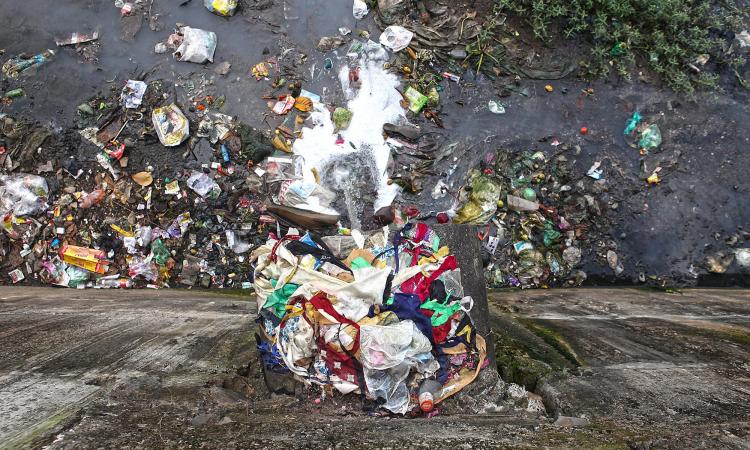
For Kaleshwari Yadav, a resident of Morarji Nagar slums in Mumbai, rain is not her biggest worry; it is the lack of it. Residing adjacent to the Mithi (meaning sweet in Hindi) river, she says when it doesn’t rain, the stagnated river becomes a breeding ground of deadly mosquito vectors of diseases such as malaria and dengue fever. Kaleshwari and her husband Rajesh, a taxi driver have been living in the slum for over two years along with their two children. While we were talking, electricians installed two exhaust fans in their shanty home to keep off the stink from the river. Besides, they use mosquito coils and repellents 24/7.
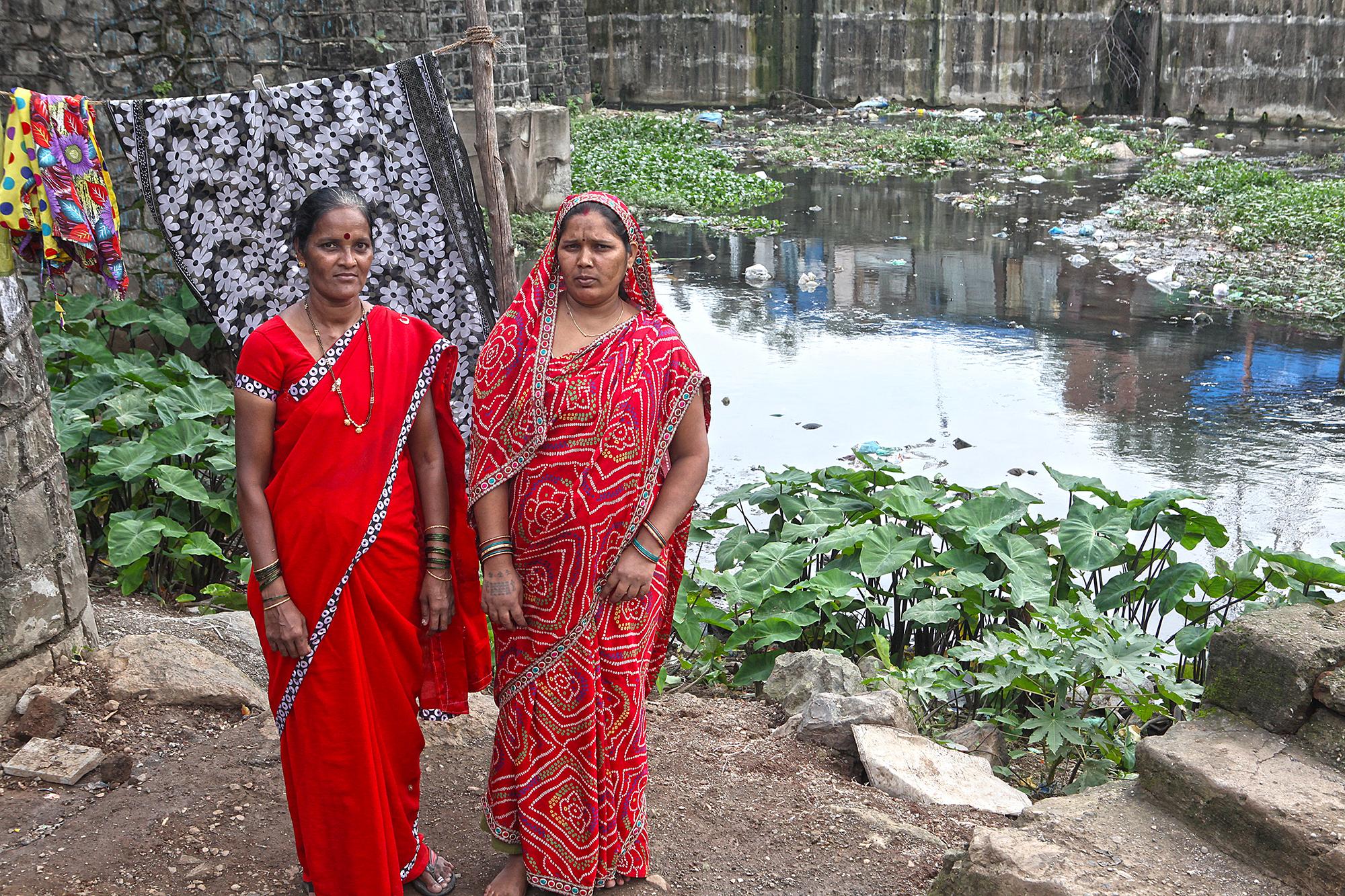
One of the oldest rivers in the state, the Mithi is now left as nothing more than a sewage drain. Maharashtra Environmental Minister Ramdas Kadam recently revealed that the stream constituted 93% domestic sewage and 7% industrial waste. At an altitude of 246 m above sea level, it originates at the hills located in the east of Sanjay Gandhi National Park and gathers water from the tail water discharges of Powai, Tulsi and Vihar lakes.

The Mithi extends over about 17.8 km to drain at Mahim Bay and into the Arabian Sea. Over this distance, it flows through the cramped slums and squatters of Morarji Nagar, Bhim Nagar, Dharavi, and the industrial and residential complexes of Powai, Saki Naka, Kurla and Mahim. Morarji Nargar near Aarey colony constitutes its north end.
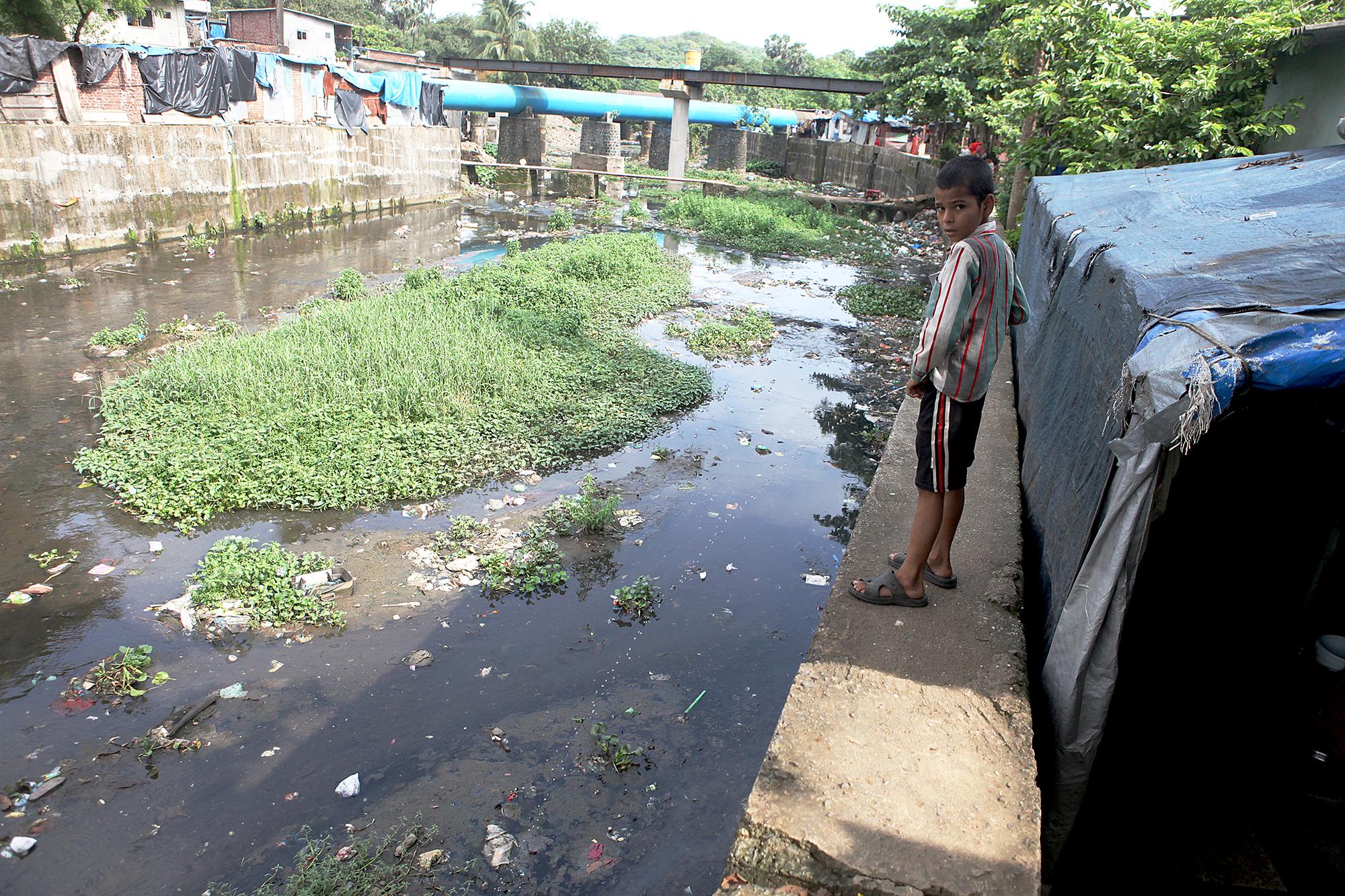
The river first garnered attention during the flooding in July 2005 that left thousands dead and many thousands displaced. What people didn’t realize then is that the Mithi acts as a critical storm water drain for Mumbai. As torrential rain hammered the state for four days and the levels of lakes rose, the water overflew into the Mithi.
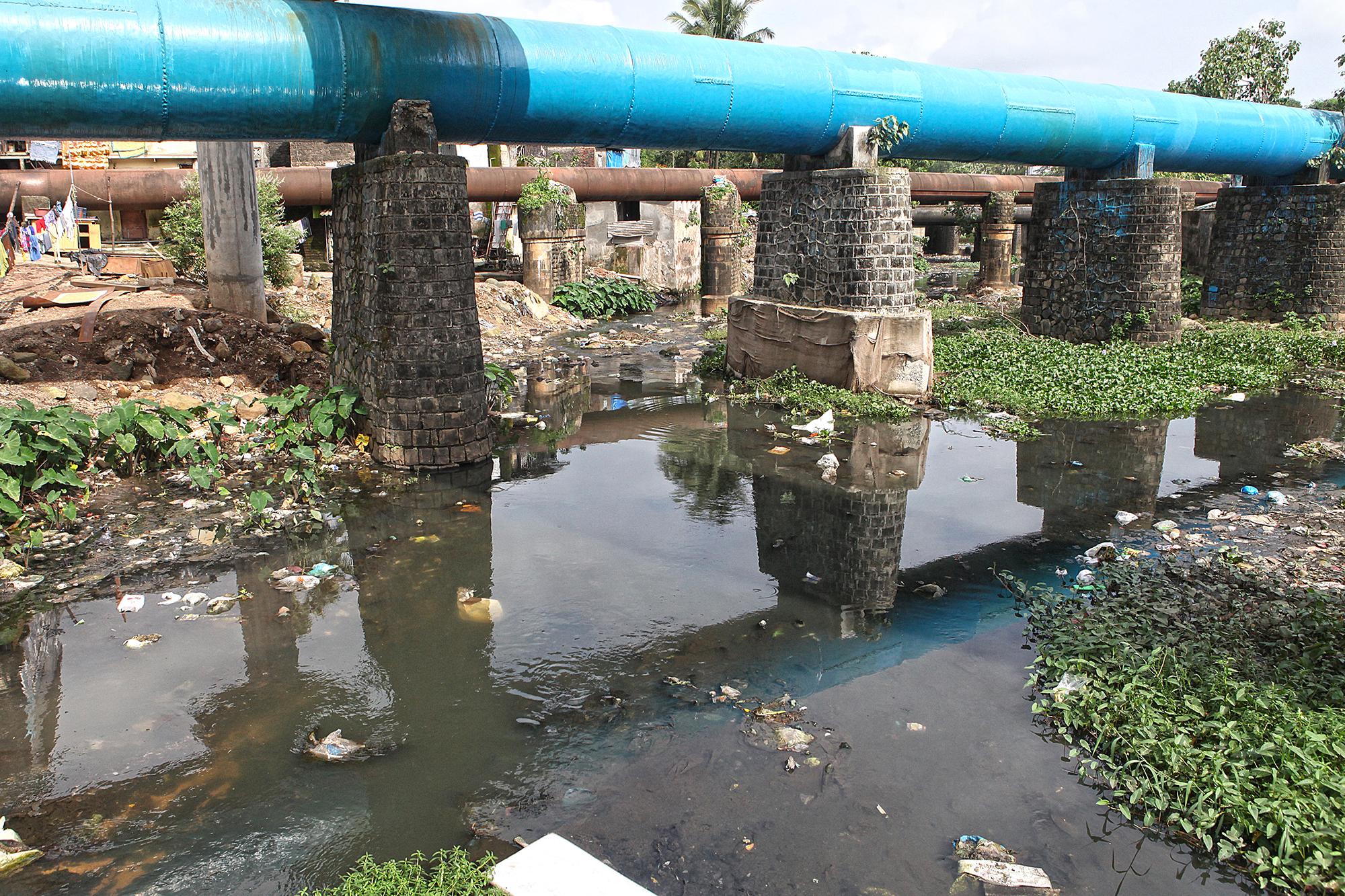
However, it clogged with plastic, garbage and sewage as it couldn’t handle the pressure. So, instead of flowing downstream into the Arabian Sea, the flood water along with gallons of waste, discharged onto the streets of Mumbai. The river’s polluted state along with the destruction of mangroves surrounding it, are cited as one of the prime reasons for the 2005 Mumbai deluge.
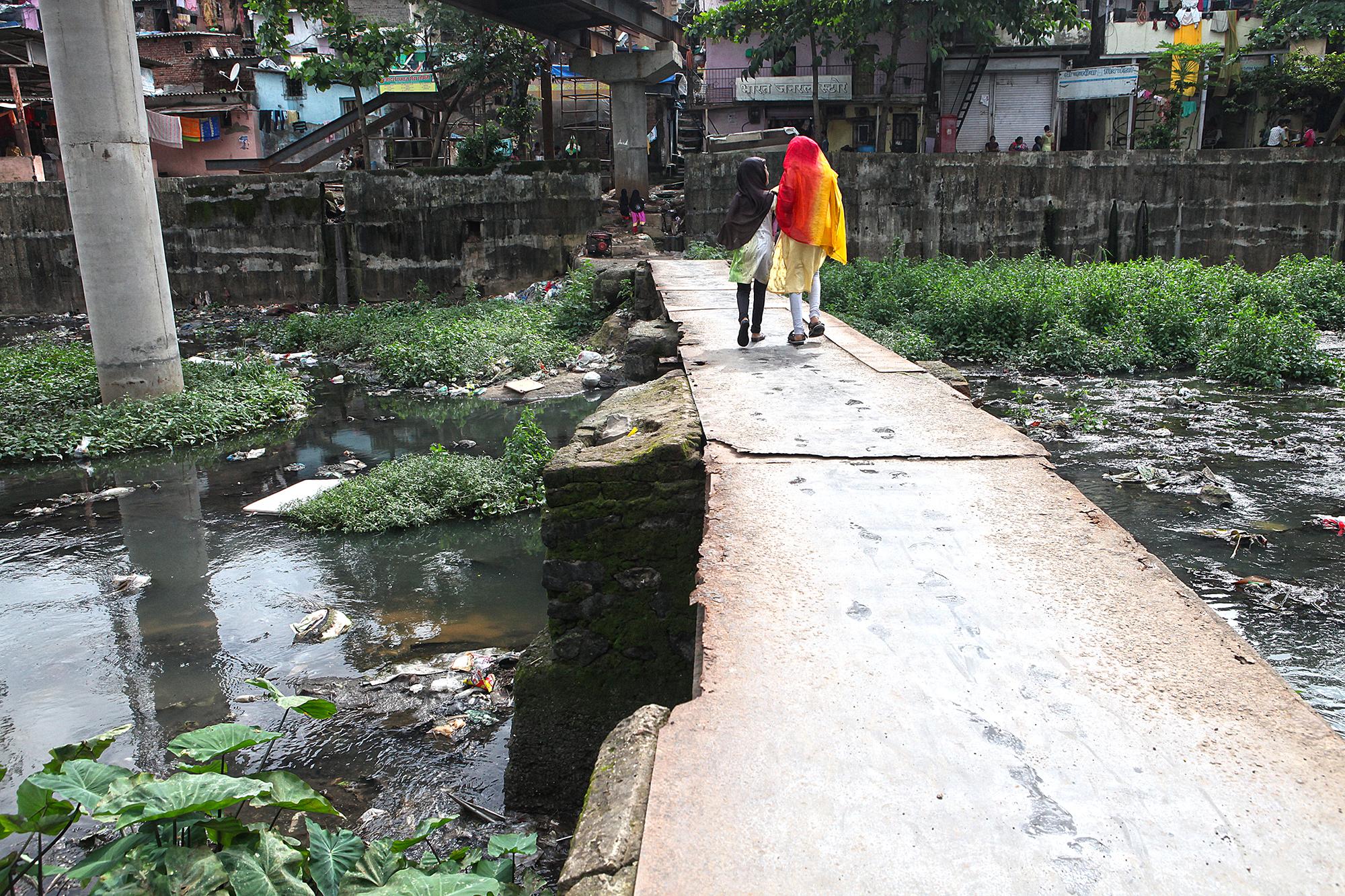
According to a 2015 CPCB report, half of India’s rivers fall under the “polluted” category. Unregulated dumping of waste and sewage has been accounted as the major threat to rivers. River systems of many states are either grossly polluted or beginning to get polluted.
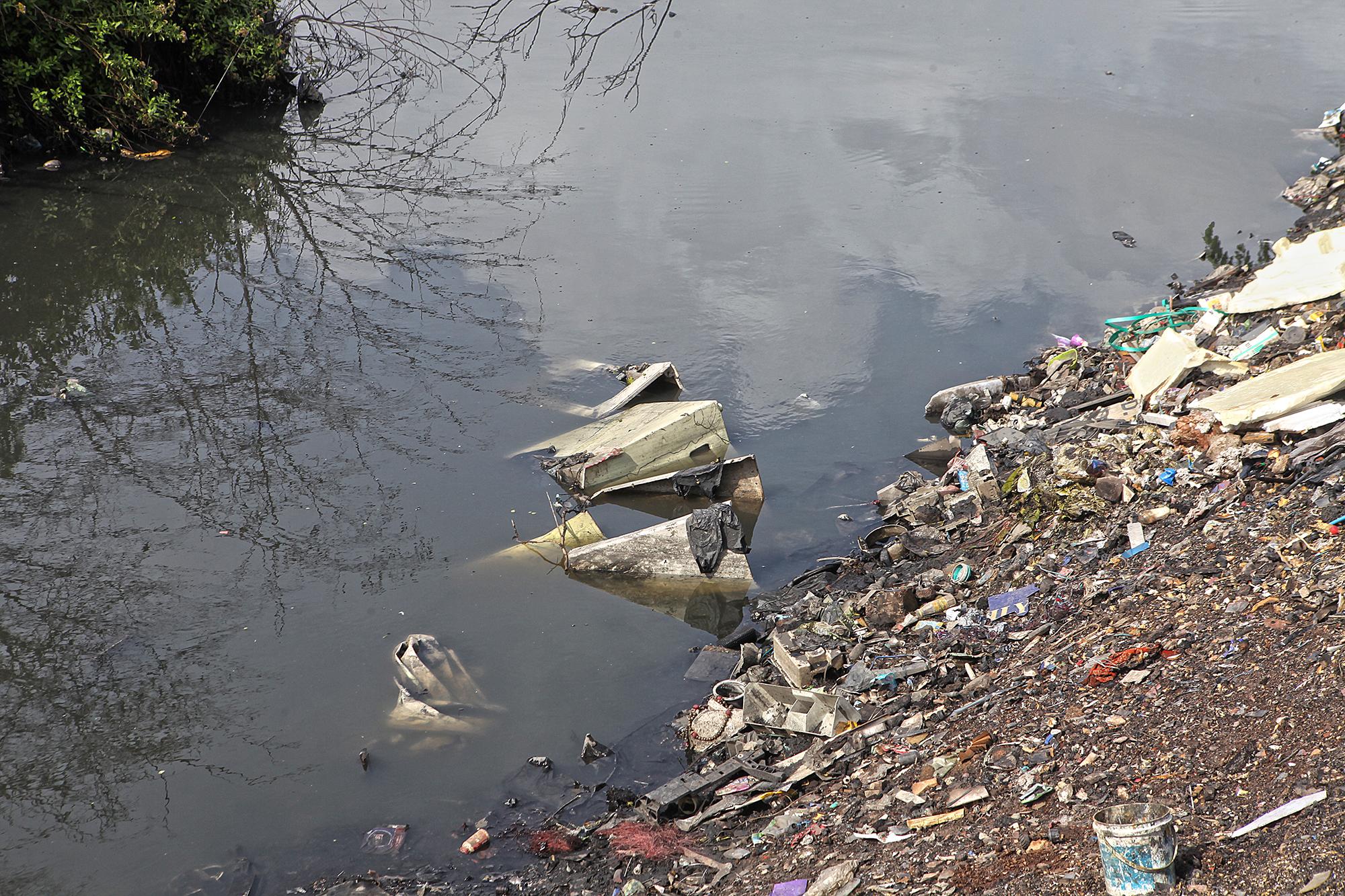
But the centre’s attention has remained on only a few major ones such as the Ganges, for both the religious sentiment the river carries as well as its ecological value. Millions of dollars have been dispensed in the revival of some of these rivers on paper while their condition continues to deteriorate leaving us with more sewage drains than freshwater stocks.

Over the last few decades, the growing urban sprawl has resulted in narrowing the already constricted river. Dharavi, an informal economic powerhouse with a population estimated to be anything between 3,00,000 to 1 million people also falls along the fringes of the river. It is one of the largest waste recycling centers in Asia. Electronic and plastic waste from across the world falls in its arms.
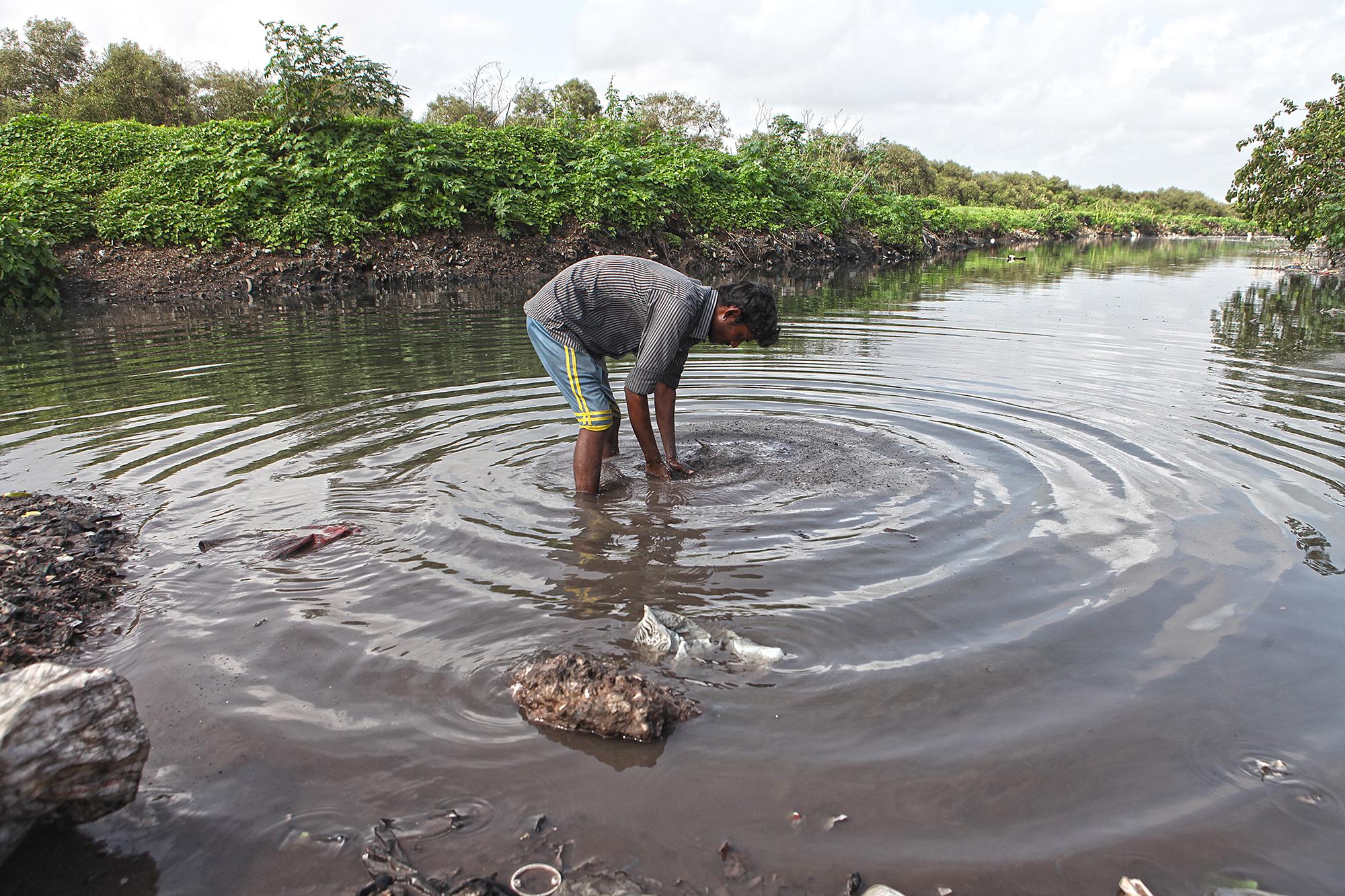
Vikas, in his mid twenties, is responsible for washing waste for the recyclers. He stands knee deep in the waters of the MIthi every day for 7-8 hours to clean and segregate the sellable metal and plastic waste. By washing around 16-20 bags of waste every day, he earns Rs 25 for every bag. He told me that problems such as skin irritation, itching and infection are common for him and he applies oil every night to handle them. “But these problems are part and parcel of surviving in the big city”, he adds.


MMRDA (Mumbai Metropolitan Region Development authority), responsible for de-silting and revamping a 6 km stretch of the Mithi near the Bandra-Kurla complex was expected to finish the task by December 2014. Close to Rs 501 crore have already been allocated for this purpose. According to an April 2015 report by Mid Day, S B Tameskar, Chief Engineer at MMRDA (Mithi Project) said that 91% of the work has been completed. The project further fell into controversy when Stalin Dayanand, an environmentalist from Mumbai, claimed that the newly constructed retaining walls along the sides of the river endanger the mangroves and were built without prior permission from the environment ministry.
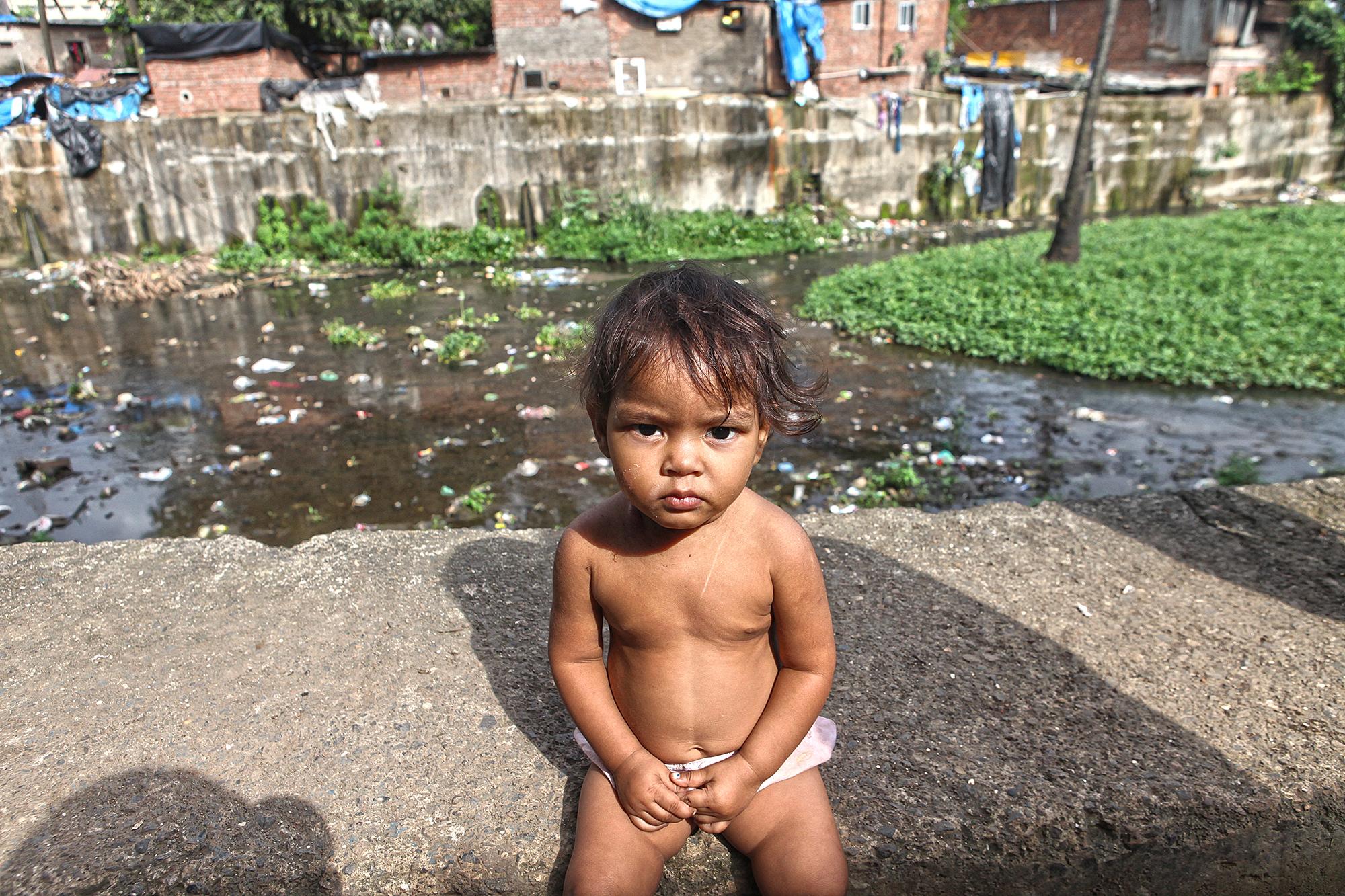
The Brihanmumbai Municipal Corporation (BMC) responsible for the rest of the river stretch, was expected to finish de-silting by May 2015 but flooding was observed in the river stream this monsoon as well. While 73% of de-silting has been carried out, the Mithi’s fate remains questionable unless the authorities can prevent people and industries from dumping waste, oil and industrial sludge into the river and rehabilitate those dependent on it. And along with it, the fate of those directly residing and dependant upon the river for their sustenance and the entire population of Mumbai--its indirect stakeholders.
Rohit Sharma left his job with a global bank to pursue photojournalism. Now, he is a freelance photojournalist based in Mumbai. He is passionate about covering socio-environmental issues prevalent in today's times.
Arpita Bhagat is a writer, researcher and environmentalist with special interest in community building. She is the co-founder of The Kachra Project. She tweets @latentappy.